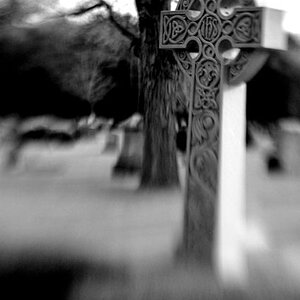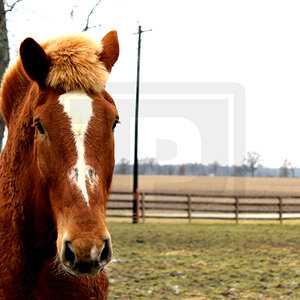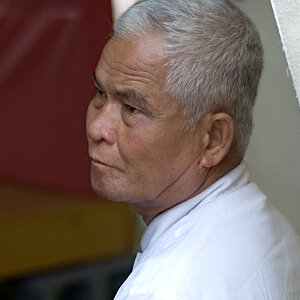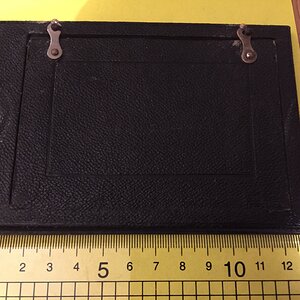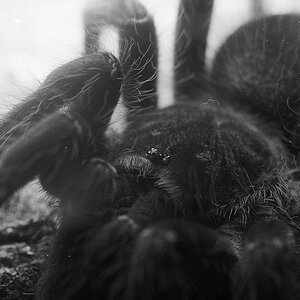- Joined
- Sep 2, 2005
- Messages
- 14,455
- Reaction score
- 3,328
- Can others edit my Photos
- Photos OK to edit
So my D300 can shoot at 12 or 14 bit depth.
Photoshop tells me the images are 16 bit depth, though I assume that's just because Photoshop is designed to handle 8 or 16 and is rounding up... but I don't know.
I could make the rash assumption that I always want to shoot at the highest bit depth possible, but I'm not sure I can visually see much difference between them.
What am I missing? Is my monitor just lacking the color range? Is it something somewhat imperceptible? Perhaps something I should be concerned about primarily when printing and not worry otherwise?
Or... some other thing?
Photoshop tells me the images are 16 bit depth, though I assume that's just because Photoshop is designed to handle 8 or 16 and is rounding up... but I don't know.
I could make the rash assumption that I always want to shoot at the highest bit depth possible, but I'm not sure I can visually see much difference between them.
What am I missing? Is my monitor just lacking the color range? Is it something somewhat imperceptible? Perhaps something I should be concerned about primarily when printing and not worry otherwise?
Or... some other thing?



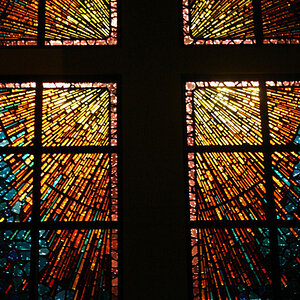
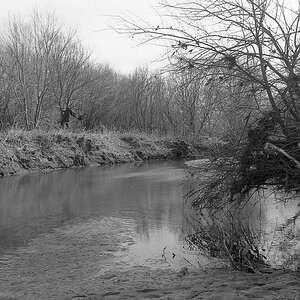
![[No title]](/data/xfmg/thumbnail/42/42457-a2cc06037a1ecaed84b9f0e5366fa8c7.jpg?1619740191)
![[No title]](/data/xfmg/thumbnail/31/31093-5a5bf042a168153ccffbce7a66501050.jpg?1619734610)
